
Mera and Don Rubell in front of When You See Me Again It Won’t Be Me (from the “Broadwaybrätsch/ Corporate Abstraction” series), 2010, by Kerstin Brätsch
Mera Rubell and her husband Don were the driving force behind the revitalisation of the Miami art scene. Now the collectors aim to do the same for an underserved area of Washington DC, opening a new museum in the US capital. Mera Rubell speaks to Candice Tucker about catalysing cultural change
LUX: Can art promote cultural change?
Mera Rubell: I think art is at the heart of all communication. Art can bring us together emotionally, which is what we’re possibly lacking in this digital age. We’re probably in greater need of emotional contact with each other than ever. Art has the capacity, through the way in which artists communicate, to bring us together, physically. You’re standing in front of a painting and it is there. It is not flashing, it is not about noise, it is about deep reflection into yourself and into the meaning of the work.

A Natural Explosion! Afro Sheen® Blowout Creme Relaxer (from the “Unbranded” series B), 1973/2007, by Hank Willis Thomas
LUX: What most encouraged you and your husband to become involved in the art world?
MR: First, my husband and I have been married for nearly 60 years. There was no mission, art just became part of our life. My husband was a medical student and I was a teacher. We lived in Chelsea, New York, and artists were painting in empty storefronts and living illegally behind their artworks. We fell into that community. We were earning $100 a week and began to support the artists with a payment plan to buy their artworks. We wouldn’t have called ourselves collectors; we thought ourselves, in a very small way, patrons. So we engaged with artists, spent time in their studios and saw how invested they were. It became an obsession. We felt lucky to have found this amazing way to live our lives.
Follow LUX on Instagram: luxthemagazine
LUX: Why did you choose Washington DC to set up your second museum?
MR: We loved the museums in DC and had bought a run-down 1960s hotel there. It was in a depressed neighbourhood that had been cut off from the rest of the city by a highway, but we fell in love with this building by, as it turned out, Morris Lapidus. Across the street was an abandoned school that had served African American children. It had been shut down years earlier and artists had moved in. We bought the school. When we got involved with the community, we found the school meant a lot to them as it represented a point of their history that was not torn down – Marvin Gaye was an alumnus. When they learnt we had a museum in Miami they encouraged us to do a neighbourhood museum in the school. We said, “Some of the greatest museums are in Washington, who are we to do this?” They said, “Those are national museums. We want to honour the legacy of this building.” It took 16 years to renovate it. Now we have a programme where any alumnus can return, pick a room with their favourite art in it and tell their stories.

Installation view of work by Vaughn Spann at the inaugural group exhibition “What’s Going On”, 2022, Rubell Museum DC
LUX: Do you work differently in each city?
MR: We’re not simply going to take work from Miami to DC. We’re going to find ways to connect with Washington’s history and connect art being made right now to the historical richness of its museums. We were surprised by the welcome all these museums gave us. They appreciate us bringing young kids to DC.
LUX: What factors make an art destination?
MR: Last week in DC, we had a call from the President of Ghana’s office saying they would like to visit. That’s Washington, you never know who will call. Politicians who normally don’t have time to engage with art are starting to. Let’s hope they find more time. You have an educated global crowd and every non-profit there – all people who affect the world. So you hope a contemporary museum with the voices of creative people has an impact. I trust it will. Miami is different. We have tourists from all over the world. It is an exploding metropolis that became a cultural destination. That is the miracle of Miami – and it happened with art. We’re proud to have participated. In DC, we are plugging a museum into an historic building that means a lot to the community. They have seen the demolition of so much of their history and are proud to keep whatever they can of their legacy. We are now part of that.

L’Incroyable Traversée d’Abdoulaye Le Grand, Troisième de la Lignée, 2022, by Alexandre Diop
LUX: Is it the artist, collectors or people in the community that shape an art community?
MR: All of the above. Hillary Clinton said it: it takes a village. It starts with having talent and giving it freedom and support. You have a lot of young people committed to that and to providing a living for artists. We talk about artists, but there are also writers, curators and teachers. You also need commitments across international borders to support artists. Even art fairs – don’t underestimate their power – and auction houses, they are all part of the mix.
Read more: Sophie Neuendorf’s predicted art trends for 2024
LUX: If there was one thing you could change about the art world, what would it be?
MR: I wish there were more affordable spaces for artists to work and live. The abandoned neighbourhoods were perfect places for artists to reinvent. Now populations are growing and it is hard to find neighbourhoods no one has discovered. That was what artists did. Those neighbourhoods have now been demolished or are occupied by people who are desperate, as seen with all this terrible homelessness.

Honi soit qui mal y pense, 2022, by Alexandre Diop
LUX: What new artists interest you today?
MR: So many! Our artist in residence last year was Alexandre Diop and, oh, what a talent. We pick one artist a year to live and work with us and it is amazing what they do. Alexandre is French – born in Paris to a Senegalese father and a French mother. He’s a dancer, a poet, a musician, and the work he makes is out of control.
Find out more: rubellmuseum.org
This article first appeared in the Autumn/Winter 2023/24 issue of LUX


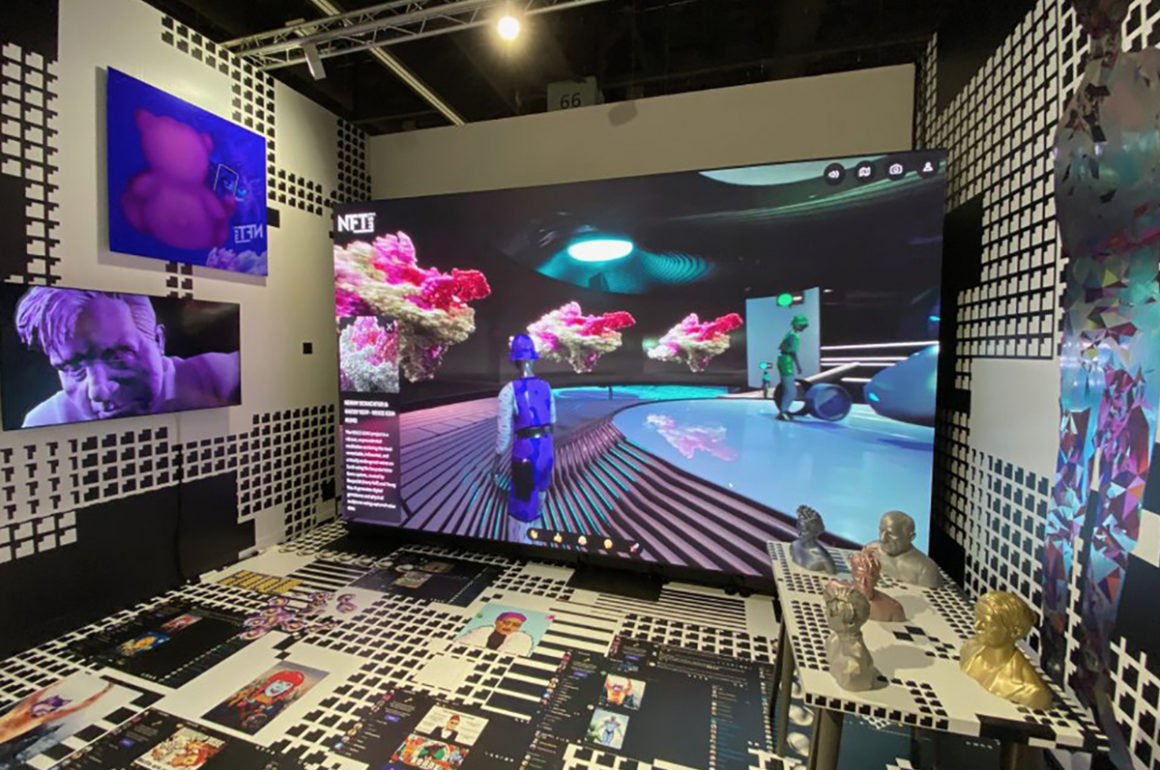












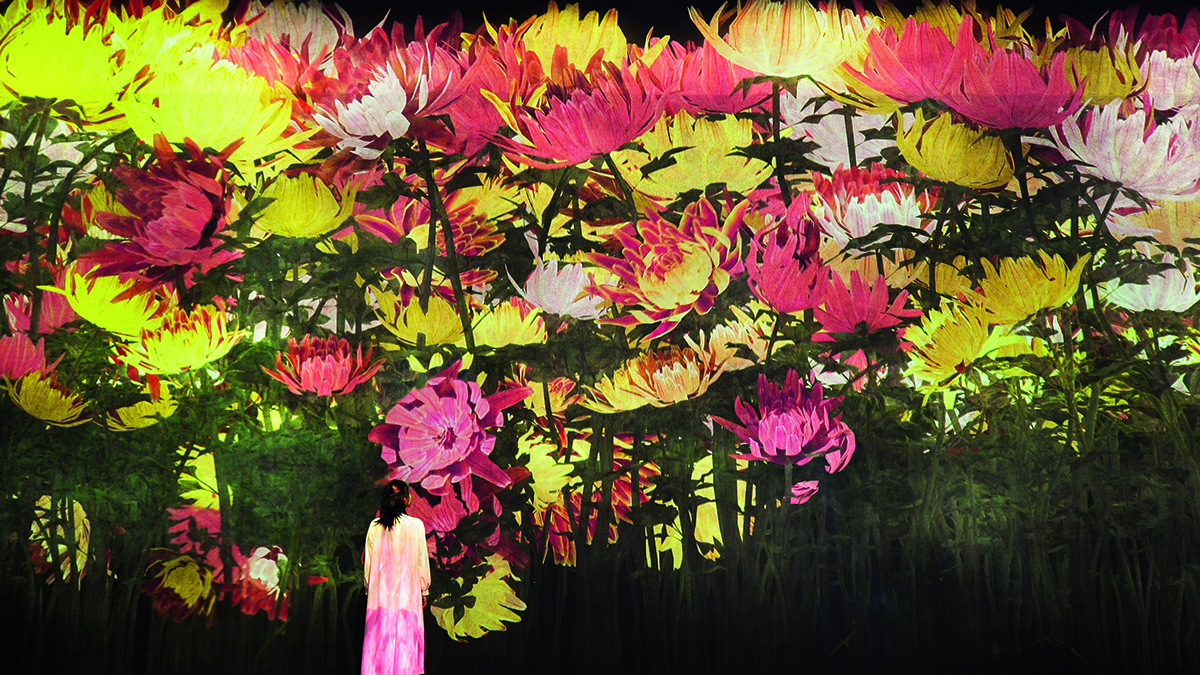
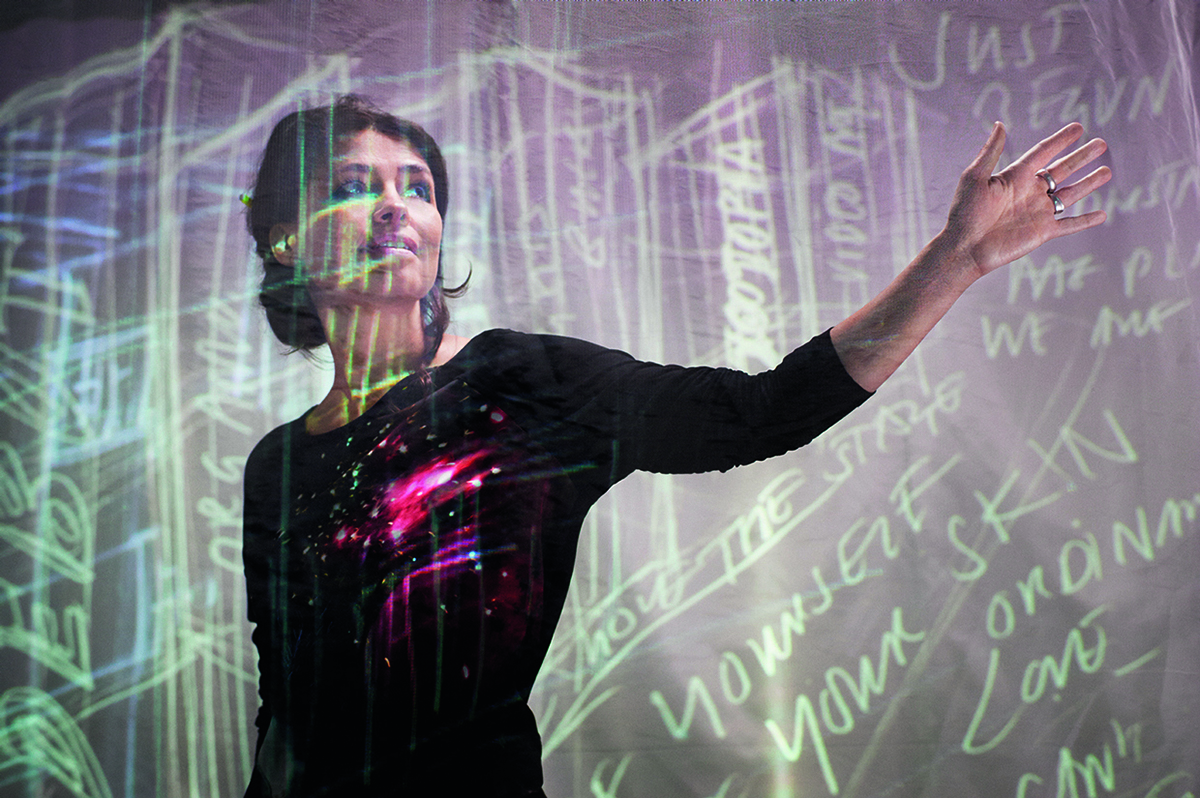
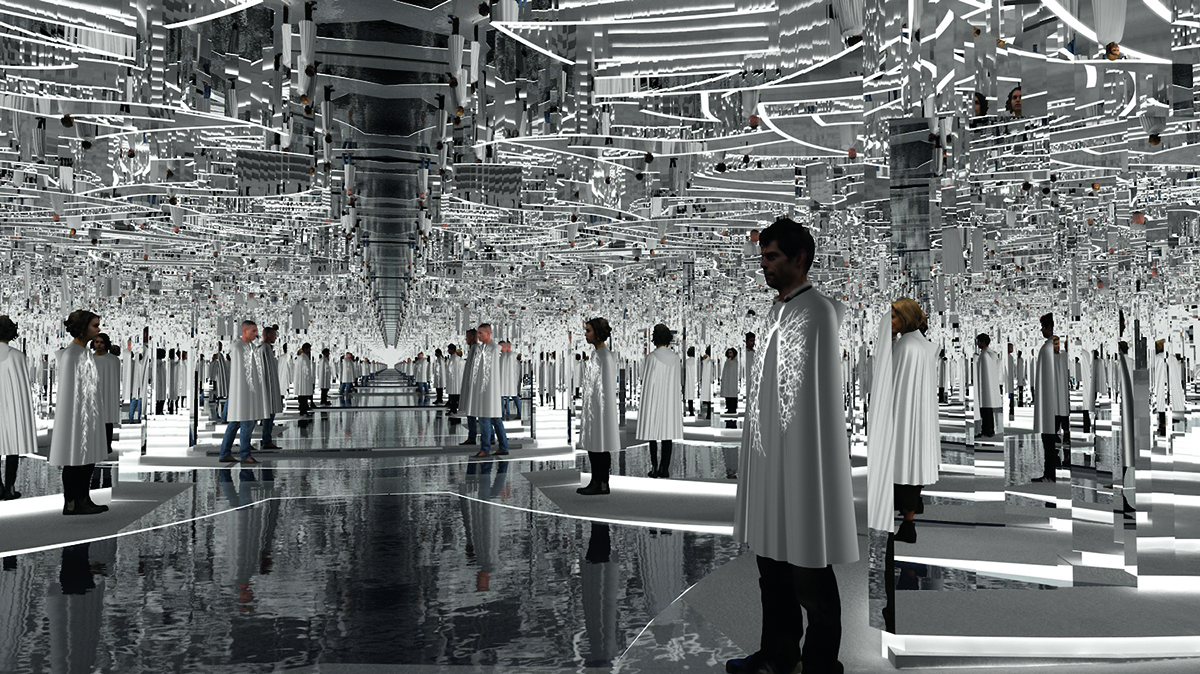




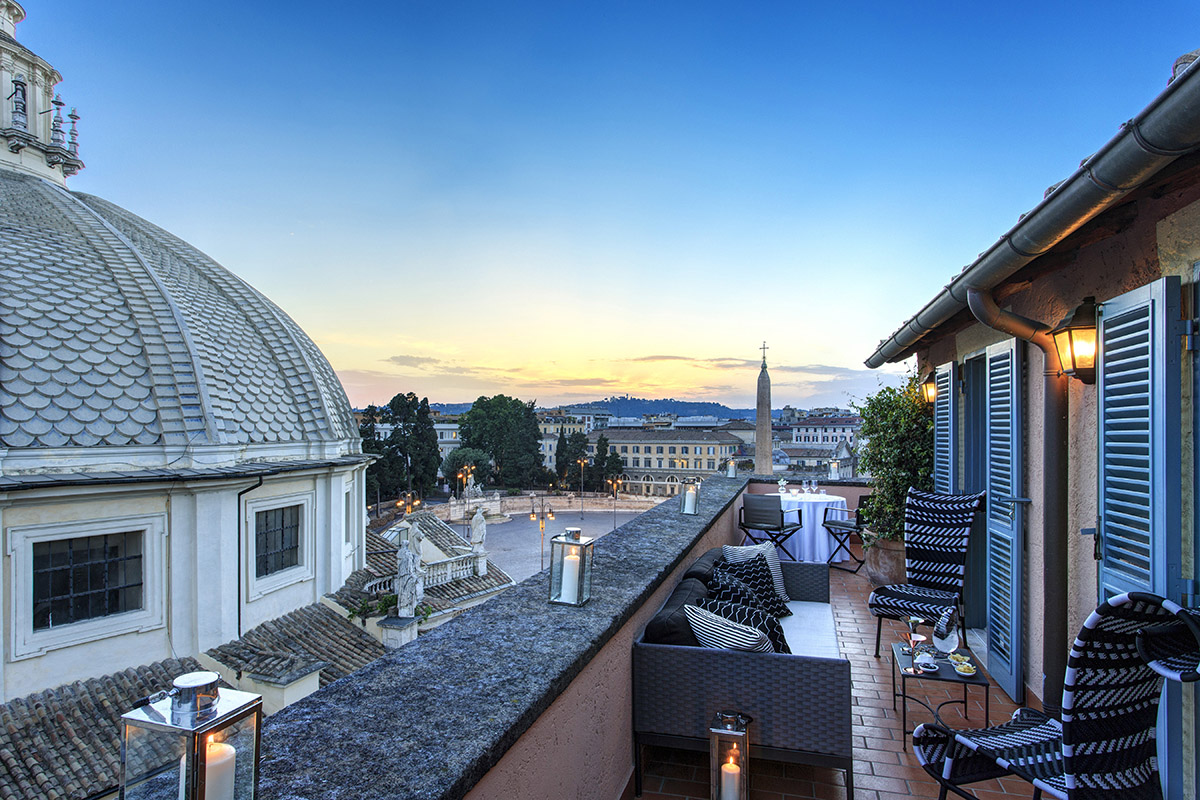

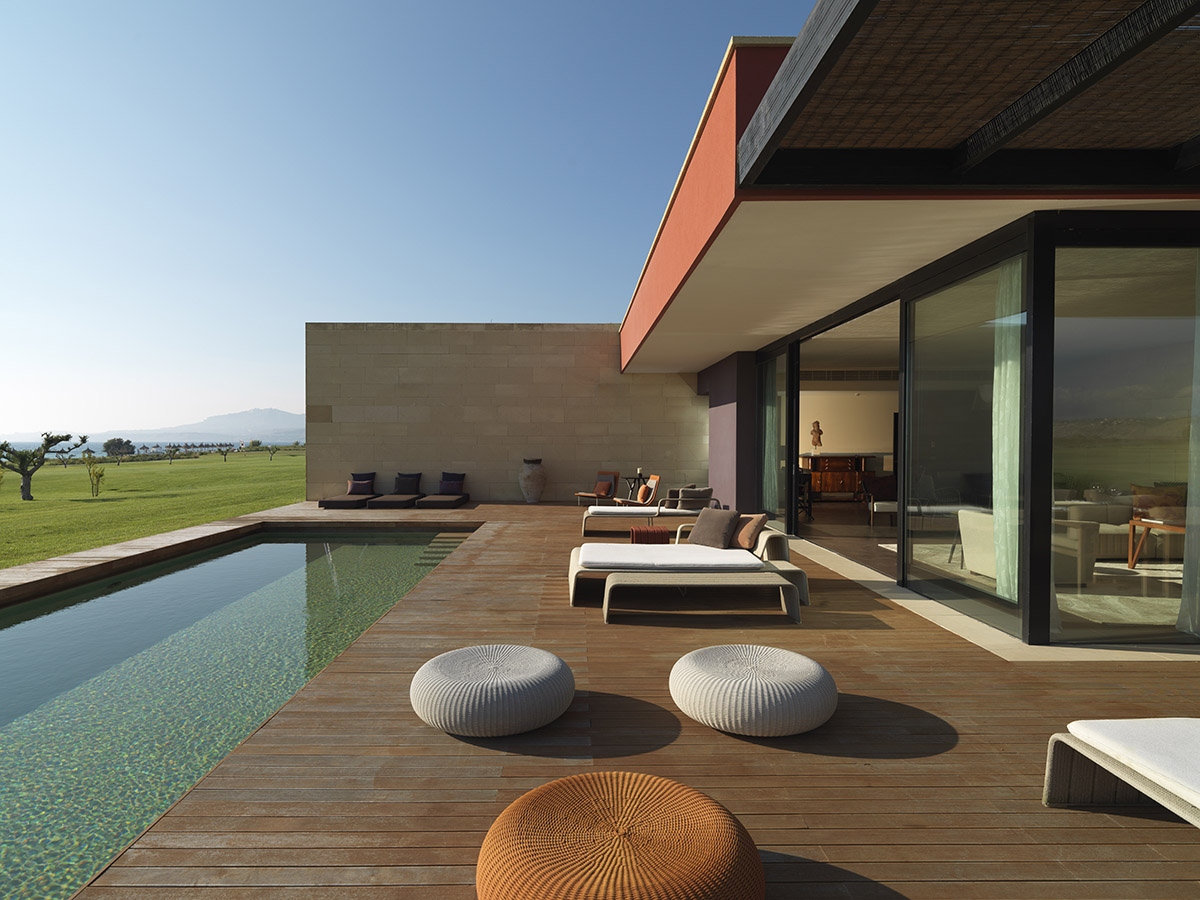
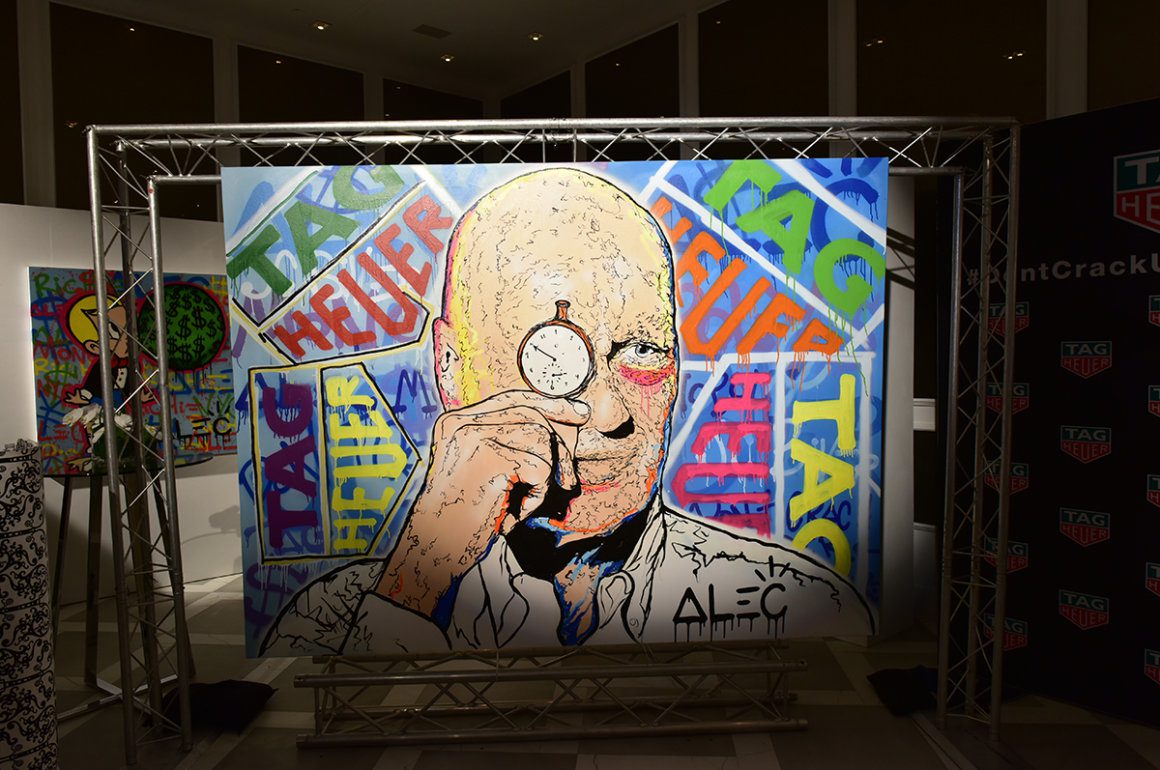
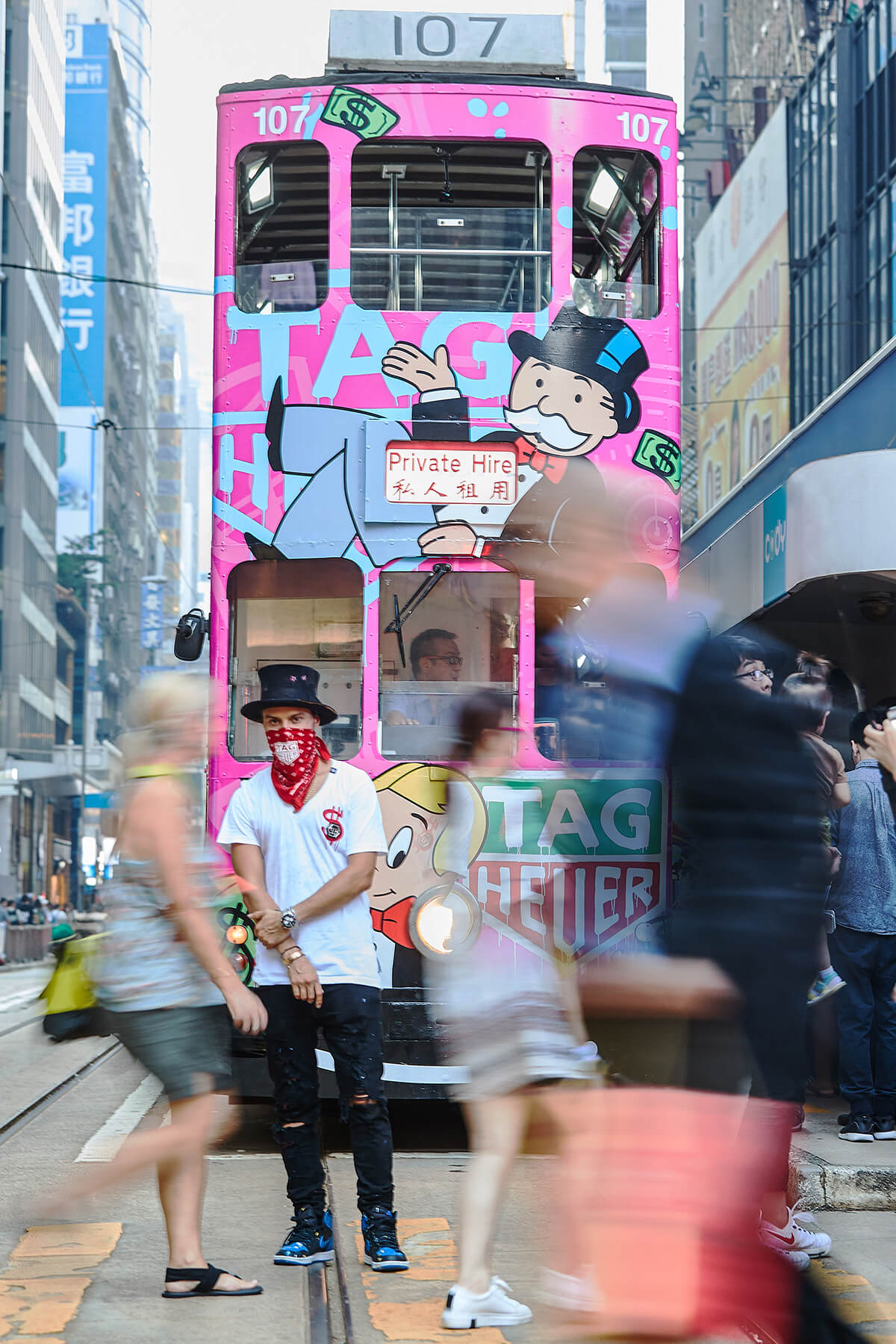

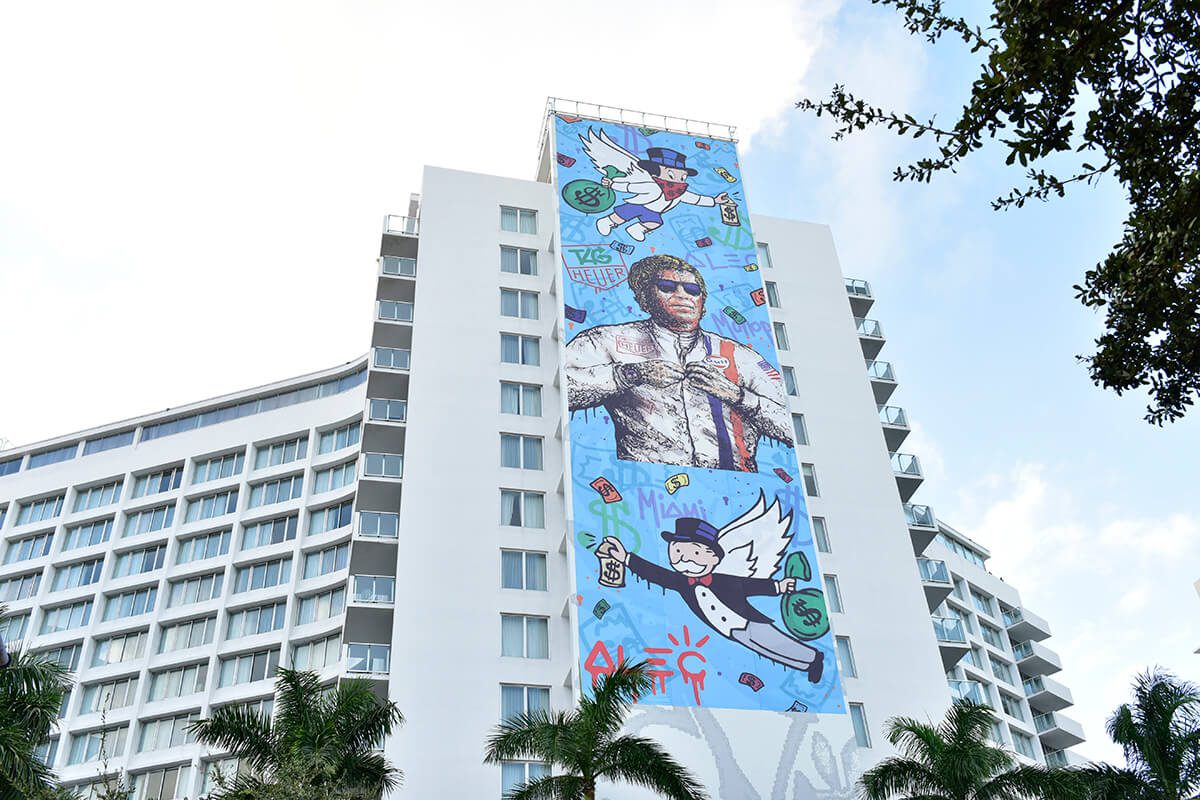













Recent Comments